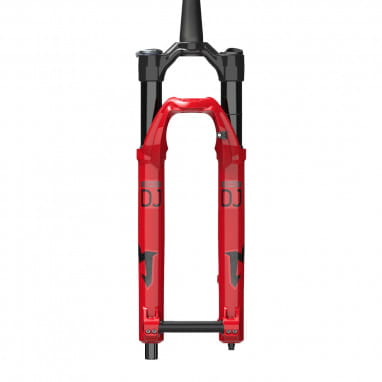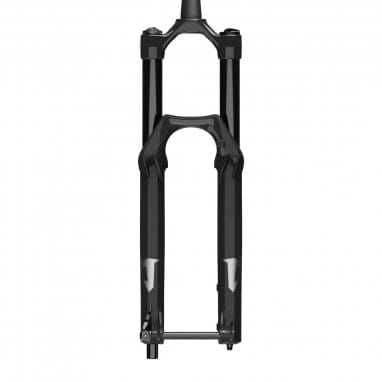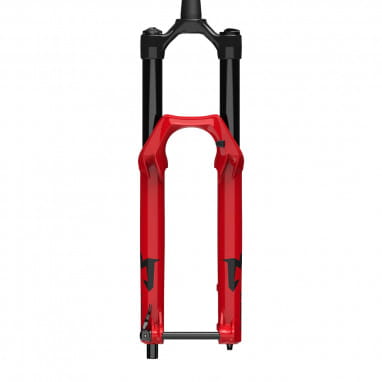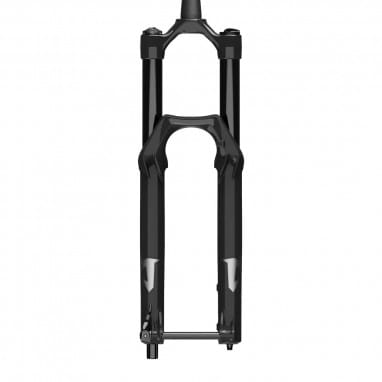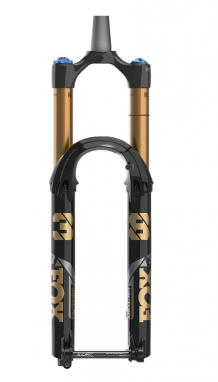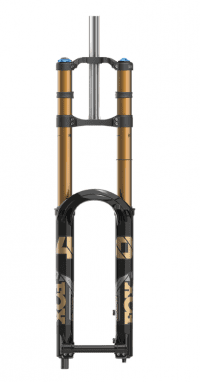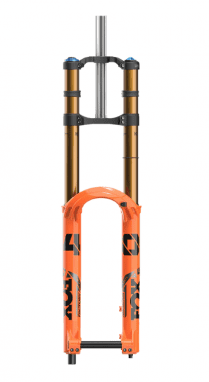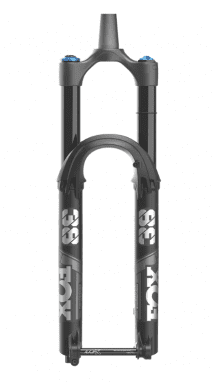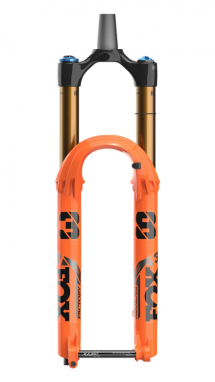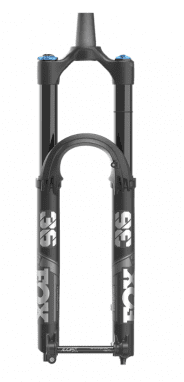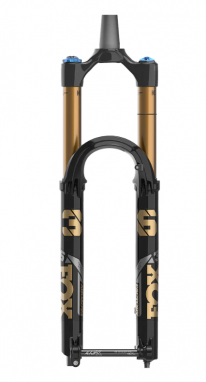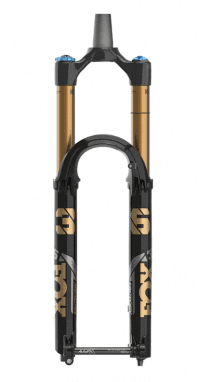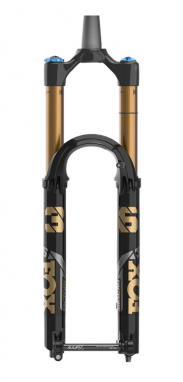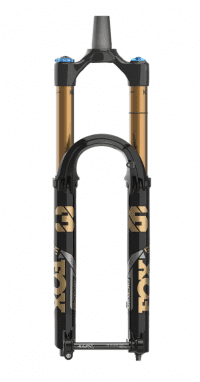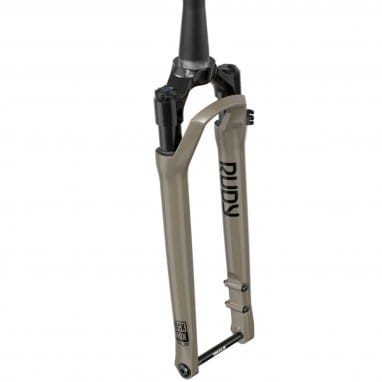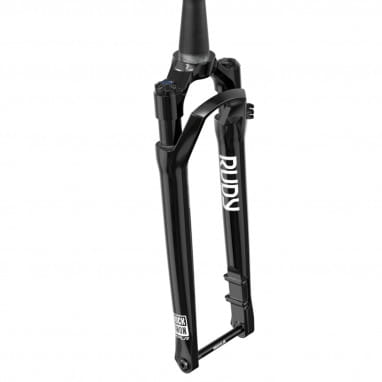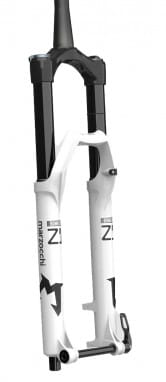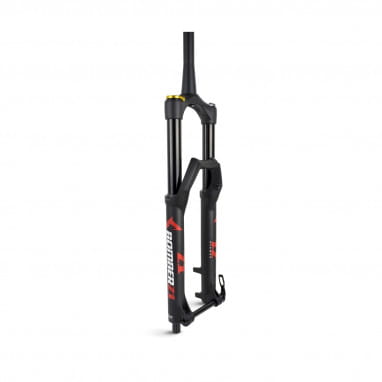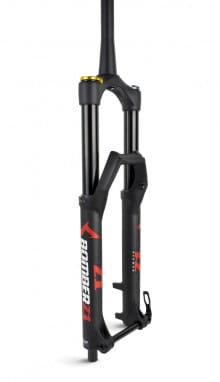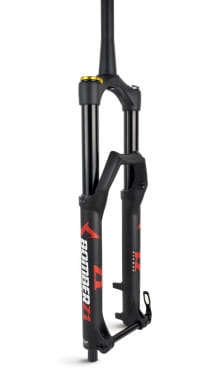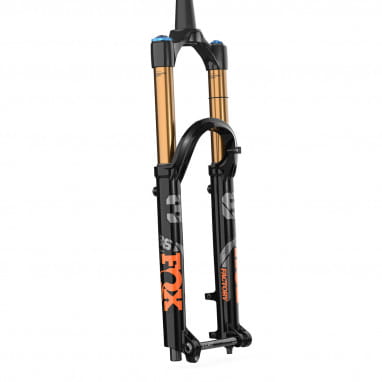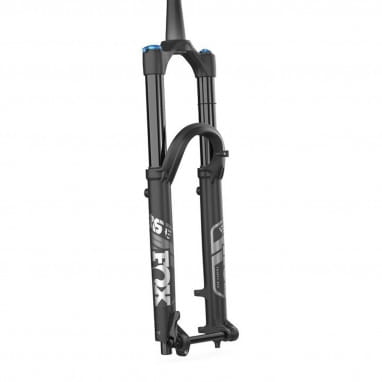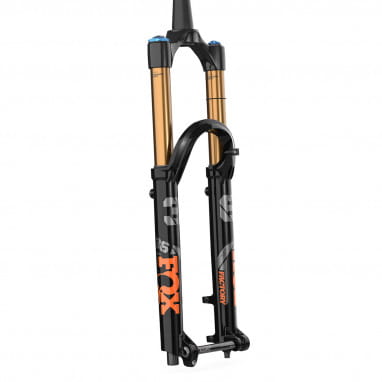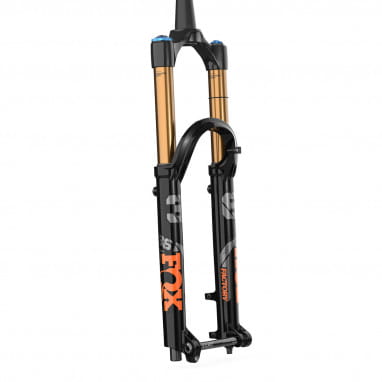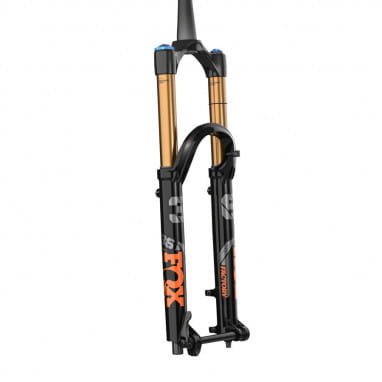Trail riding over rocks and roots, going down that gravel road without numb hands and dislocated shoulders, a spectacular drop from a tree trunk - nearly anything is possible. But only if your bike is ready to give in a little. In order to be able to navigate different and difficult surfaces, you need a suspension fork. Here you can read why you should outfit your bike with a suspension fork and how to find the right one.
According to legend, the first suspension forks were created in the 1990s, when mountain bikes were really taking off. It's possible that too many of the first MTB nuts were shuffling home with stuttering, aching shoulders and broken forks because the material just wasn't up to their rides. Giving the fork a little more flex turned out to be a stroke of genius that not only benefits mountain sports to this day, but a suspension fork is also a fine thing on the long-distance trekking bike.
But what exactly distinguishes a suspension fork, when does it make sense and most importantly...how do you find the right one? Read on and you'll know!
What a suspension fork can do
.
A suspension fork on your bike gives you two big advantages:
-
The ground contact of your bike improves. Let's imagine a rock, slightly smaller than your fist, is in front of you. If you ride over it, your front wheel will react to it. A wheel sitting on a rigid fork will bounce up or slide sideways. If the wheel is on a fork with a shock, the suspension element compresses, you roll over the rock, done.
Besides that, a suspension in the fork opens up the whole world of bike tricks to you, jumps, drops and sensational stunts become possible.
Suspension forks are therefore mostly found on trekking bikes, as a little extra comfort is always welcome on long bike expeditions. The other bike category that suspension forks are indispensable for are mountain bikes of all kinds, where the improved riding characteristics on all kinds of surfaces are popular.
Suspension forks are therefore mainly found on trekking bikes, because on long bike expeditions a little extra comfort is always welcome.
How much suspension travel does your bike fork need?
Depending on your area of use and your preferences, you should choose the suspension travel (also called dive or travel) of your suspension fork. For relaxed touring on moderate terrain or gravel trails, around 80 - 120mm of travel should be preferred when choosing a suspension fork. Most trekking forks are within this range. If you often ride your bike on light trails and if you prefer touring with an all-mountain MTB, trail bike or cross-country mountain bike, 120 - 140 mm travel is suitable. If you turn into more demanding trails with rougher obstacles on your tour, you can increase the travel of your fork even further. 150 - 170 mm should be sufficient in most cases. Enduros come with similar values. As a last step up, there are downhill and freeride suspension forks with 170 - 200 mm travel that offer their rider even more possibilities. These are particularly suitable for the bike park and designed routes with large jumps, where you are dependent on large suspension reserves.
Let's talk suspension forks!
So you can have your say wherever you go, we'll explain the most important parts, terms and adjustment options of a suspension fork.
The most important parts of a suspension fork
.
- the fork legs are the two tubes that go down the left and right sides and hold the front wheel
- the fork crown connects the top of the fork legs together
- the dropouts hold the axle at the bottom of the fork
- the dip tube dips into the stand tube when the suspension compresses
- the fork steerer connects the fork and bike frame
- the brake mounts determine whether you can fit a rim brake or a disc brake
- Suspension forks are available with a so-called Single Crown, i.e. with a single triple clamp, or with a Dual or Double Crown or double triple clamp
- The spring travel, travel or dive is the length of the dive tube that dips into the stanchion tube when the suspension compresses, it is measured in mm; the larger the number, the more the fork gives
Right-side-up or upside-down?
Suspension forks can be set up "wrong-side-up or right-side-up". Right-side-up means that thin stanchions are mounted directly to the triple clamp, and these stanchions spring into thicker dip tubes located below. With an upside-down fork, thin dip tubes come from the bottom of the hub. Here, the thicker stanchions extend from the triple clamp. These suspension forks are considered to be particularly sensitive.
Adjustment options of a suspension bike fork
.
The compression stage is responsible for the compression rate and is usually adjustable on the suspension fork via a blue rotary knob with plus and minus. With this setting you regulate the oil flow when operating the stroke in the fork hydraulics. If the compression is closed, the fork springs slower. If the compression is open, the oil flow will be greater and the suspension element will work faster.
On high quality forks, the compression is split into two ranges. You can adjust how fast or slow the fork works on slow and fast shocks. This way you can fine tune for different highspeed passages like roots or rock fields and lowspeed passages like jumps and kick-offs.
The rebound stage, also called rebound, is usually set by a red knob. You can usually find it at the bottom of the standpipes of the fork. This setting is the counterpart to the compression damping. Here you adjust the amount of oil that flows back into the fork, which determines the rebound speed.
The rebound damping is the same as the compression damping.
When it comes to rebound, there is also the difference between highspeed and lowspeed tuning on high-quality suspension forks. Similar to compression damping, this is where you decide how the fork performs on fast and slow passages
You use the SAG to set the negative suspension travel. This is responsible for how far the suspension element sinks when you stand on your bike. In enduro and downhill riding, the 25% mark is a popular setting value. With air suspension forks you simply adjust the SAG via a shock/fork pump. As an indicator for the negative travel, the usually red O-ring, which is located around the shock, is pushed down. During the test the O-ring moves to the respective position and you can easily read the percentage on the printed scale and readjust it if necessary. With suspension forks with steel springs you often have to change the spring elements.
Which suspension systems are available?
Various suspension elements are in use to make your ride as smooth as possible. Elastomer pads are the cheapest of these, but they have a very limited lifespan and offer little to no adjustment. As a result, they are hard to come by these days. Simpler and usually cheaper suspension forks buffer via a steel spring. If you want to adjust the hardness of the suspension, you have to change the spring. In addition, you can often adjust the rebound damping, which determines how fast or slow a suspension fork bounces. Forks in the top segment often rely on an air cartridge. With such an air-sprung fork the suspension can be adjusted exactly to the rider's weight and preferences, an optimal adjustment to individual conditions such as weight, surface and bike experience, as well as personal preferences is easily possible.
Which suspension fork for which wheel size?
26 inch suspension forks
26 inch bikes are becoming increasingly rare, with the wheel size replaced by 27.5 inch or 29" on most bikes. However, the 26 inch fork is not completely extinct. Since these forks are usually used when agility and maneuverability are required, you will find this wheel size preferably in the mountain bike sector among dirtriders and slopestylers. These suspension forks are often equipped with 100 mm to 120 mm of travel.
27.5 inch suspension forks
The 27.5 inch wheel size has become the new standard in all mountain, enduro and downhill. We offer you a wide range of 27 inch suspension forks with travel from 100 mm to a whopping 203 mm. These suspension forks come with different suspension systems.
28-inch suspension fork
On a trekking bike or a city bike 28-inch wheels are often found, with this size most adults are perfectly fine. Therefore, many bike forks with shocks are available in this size.
29 inch suspension fork
The smooth-running 29 inch wheels are widely represented especially in the cross-country, all-mountain and enduro area. In our online shop, we offer you 29 inch suspension forks with the common shock capacities of 100 mm, 120 mm, 140 mm, 150 mm, 160 mm, 170 mm and 180 mm. The suspension forks offer you great riding comfort on long tours on rough terrain and sufficient control on rough downhill passages.
>Check out our mountain bikes, fullys, hardtails and trekking bikes to see how a suspension fork performs on your bike!
Finding the right suspension fork
.
A few different components determine whether a fork will fit your bike - or not.
Which steerer tube?
Logically, the steerer tube must fit your bike frame. There are different outer diameters, 1 inch is a standard measurement, but many manufacturers build forks with a different steerer measurement. Also the steerer length varies from fork to fork, the steerer can be shortened if necessary.
Which headset system?
The headset ensures that the fork sits firmly but smoothly in the head tube. There are different headset systems, the most common being Ahead, Tapered and Threaded. When buying a new fork you have to choose the right system, you can easily set it in our filters.
Which brake?
Most bikes today that have suspension forks are retarded with disc brakes. Still, they do exist - suspension forks with mounts for rim brakes. You can read about what the advantages of the two braking systems are at our Bicycle Brakes, at this point you just have to choose the right fork to go with it.
Which axle?
There are a wide variety of axle standards and new ones are still being added. Many bike manufacturers have developed their own system over the years, each with its advantages and disadvantages. In the specifications of our forks you can read under "Installation standard" which axles they are suitable for. Boost, standard, quick release or thru axle - you will surely find the right system for your bike here.
Find the perfect suspension fork in the BMO online shop
.
We have a wide variety of suspension forks on offer here for you, so that you can really find the right one. There are forks for trekking bikes and mountain bikes, with a lot of travel, with less travel, cheap and top models. Even if you prefer to mount an uncomplicated rigid fork, you can find one here and order it. Whatever fork you choose, don't forget to buy the necessary tools, because you'll want to install your new fork as soon as possible. Very important: for an air-suspended fork you need a shock pump!
